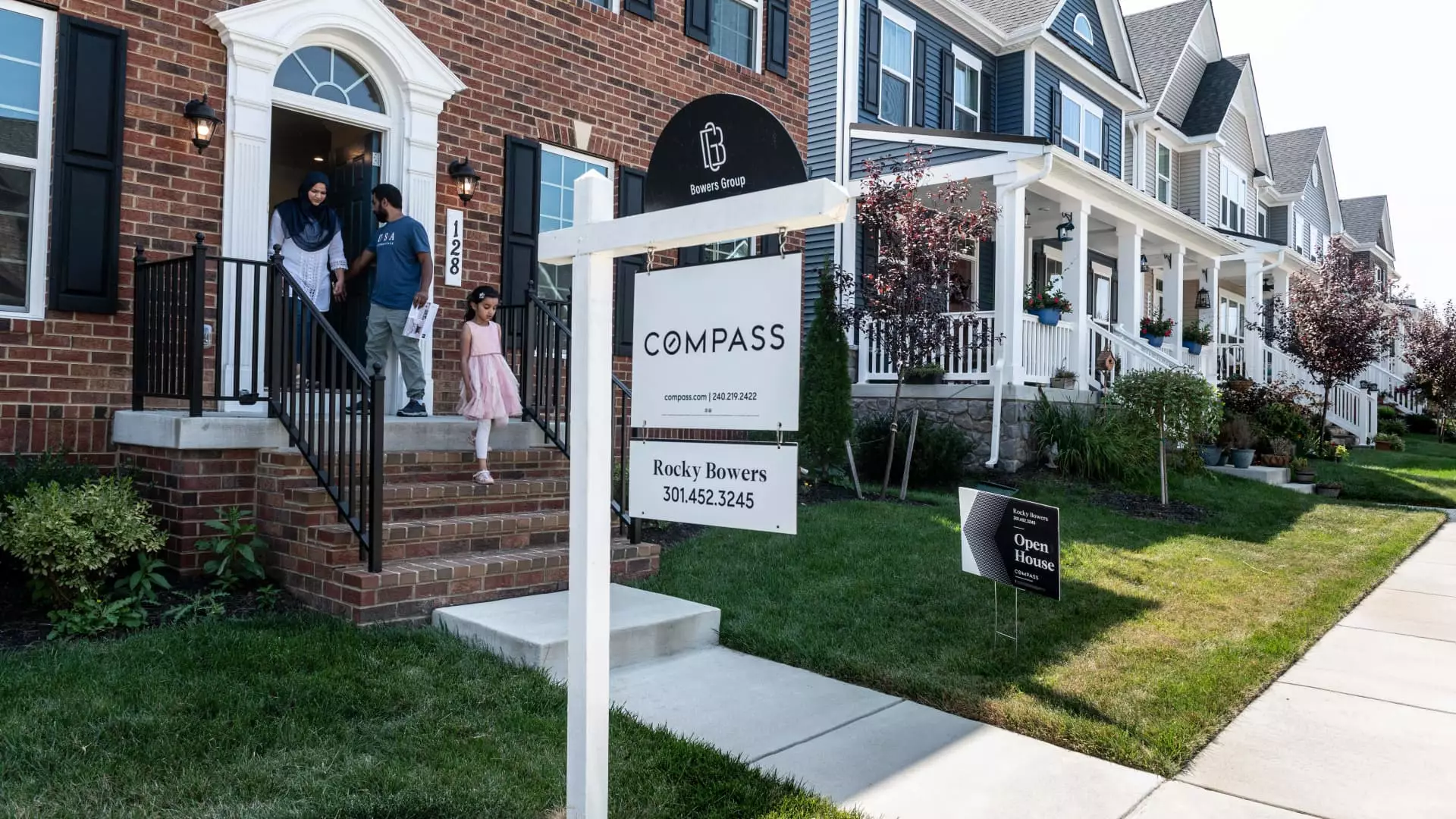The U.S. housing market finds itself at a precarious crossroads as a confluence of economic factors amplifies existing challenges. High mortgage interest rates, dwindling home inventories, and historically inflated home prices have created a painful reality for many prospective buyers. The introduction of tariffs on crucial building materials has compounded these difficulties, raising concerns among industry stakeholders about long-term affordability and housing availability. This article explores the implications of these tariffs, the resulting market dynamics, and potential pathways towards alleviating the pressure on homebuyers.
In recent months, the U.S. has imposed significant tariffs on essential building materials, particularly softwood lumber from Canada and gypsum from Mexico, components vital for home construction. These materials constitute over 70% of imported resources used by builders, highlighting the structural dependence on foreign suppliers. A 25% tariff levied by the Trump administration has sent shockwaves through the construction sector, where the costs associated with these materials are expected to rise sharply. This escalation could result in construction costs soaring by an additional $3-4 billion, as reported by the National Association of Home Builders (NAHB), further straining the budgets of builders and, by extension, consumers.
Despite the short-term postponement of tariffs on gypsum imports, the uncertainty surrounding the overall tariff strategy remains. Industry voices, including Carl Harris from the NAHB, express deep concerns that elevated construction expenses will deter new projects and feed into already steep home prices. As home values have surged over 40% since the pandemic began, prospective buyers could face an even bleaker reality should tariff pressures persist.
Tariffs on building materials arrive during a time of intense scrutiny regarding housing affordability, particularly for first-time buyers. As Jaret Seiberg, a housing policy analyst at TD Cowen, indicates, the current situation exacerbates the affordability crisis, making it increasingly difficult for new entrants into the housing market to secure homes without financial strain. The cumulative effect of high interest rates and increased material costs may render homeownership an elusive dream for many.
There exists a paradox inherent in the policy landscape: while the tariffs are designed to protect domestic production, they may ultimately lead to diminished supply and heightened costs that undermine the very goal of expanding housing availability as laid out by the previous administration. As builders grapple with these challenges, the push for government-led initiatives aimed at incentivizing entry-level projects becomes more pronounced. Without such protections, the market could spiral further into a state of inaccessibility.
Furthermore, smaller construction firms, often operating on tighter margins, face the brunt of tariff-related cost increases. Larger firms might have the buffer to absorb some of the expenses, but the ripple effects are likely to touch all segments of the market—including the big players. For example, Sheryl Palmer, CEO of Taylor Morrison, highlights the interconnectedness of the industry, suggesting that even moderate increases in construction costs can restrict consumer access to housing.
Adding to the complexity, construction firms are also facing labor shortages—an issue exacerbated by policies that affect immigration. With immigrants constituting an estimated 30% of the construction workforce, the industry faces a double bind: increased costs due to tariffs paired with a constricted labor pool. Bruce McNeilage, CEO of Kinloch Partners, underscores the absurdity of alienating a significant portion of the labor force while simultaneously trying to address housing shortages.
The ramifications of rising construction costs due to tariffs extend beyond the immediate housing market. As homebuyers grapple with higher prices, their ability to save for down payments diminishes. Additionally, while expectations once leaned toward falling interest rates, a surge in inflation pressure resulting from tariffs could shift the trend in the opposite direction. This precarious balance between economic realities—and the psychological weight these conditions impose on prospective buyers—has the potential to exacerbate market volatility, particularly in the upcoming spring selling season.
The tariffs on building materials have introduced a layer of complexity and urgency in the U.S. housing market, amplifying existing challenges regarding affordability and supply. As stakeholders navigate this turbulent environment, the dialogue around policy interventions remains vital. Solutions aimed at relieving cost pressures and encouraging the expansion of affordable housing are crucial not only for the market’s sustainability but also for ensuring that homeownership remains an attainable goal for future generations.

